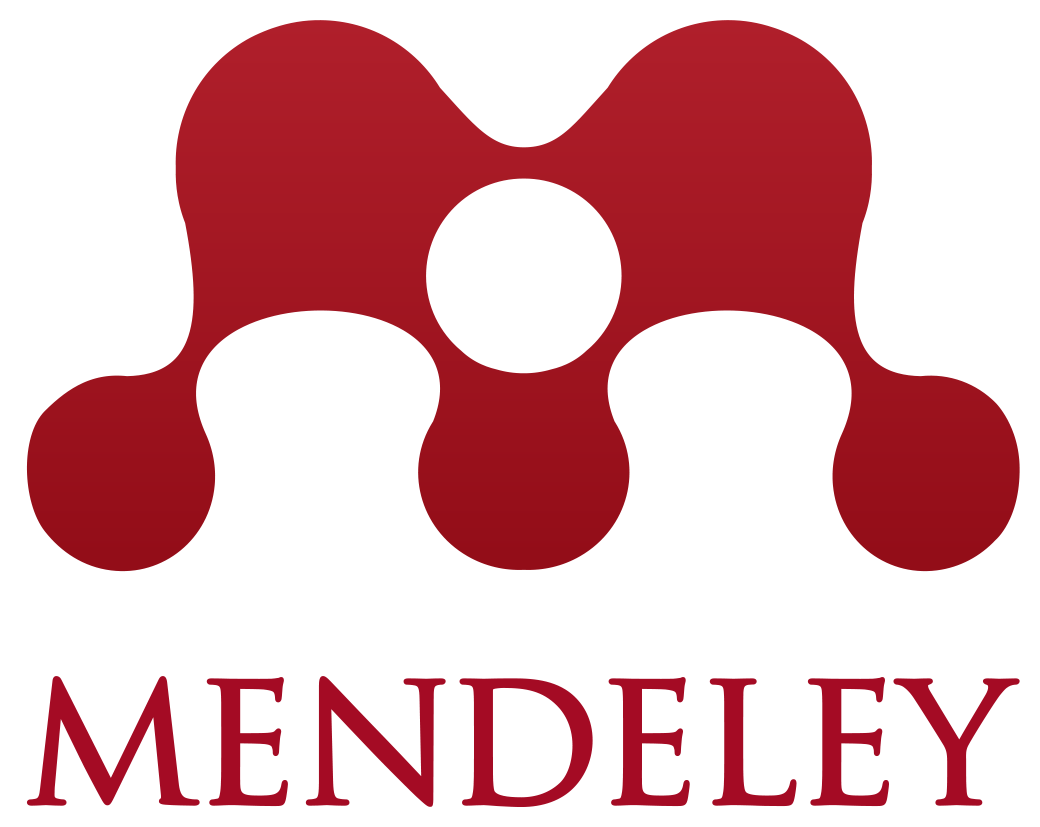Sepsis GAMBARAN NILAI MONITORING HEMODINAMIK NON INVASIF PADAPASIEN SEPSIS DI RUANG INTENSIF CARE
Abstract
Abstract
Sepsis is a syndrome of physiological, pathological and biochemical disorders caused by the body overresponse to infection. Rapid assessment of sepsis can help treat and prevent worsening of the patient
condition, in addition to monitoring the condition can be done by using non invasive hemodynamic
monitoring values.
This study aim to determine the description of the value non invasive hemodynamic monitoring in sepsis
patients in the ICU Ulin Hospital Banjarmasin This research method uses descriptive research with a
sample of 30 respondents and purposive sampling technique and use observation sheets as a data
collection sheet.
The results of this study showed that average age of respondents was mostly the elderly and female sex
categories, for the results of non-invasive hemodynamic monitoring value for systolic blood pressure
values ranging from 90-130 mmHg to 19 people and distolic blood pressure with a range of 60-90
mmHg as many as 23 people, the mean value of the arterial pressure (MAP) of the respondent is 60-100
mmHg as many as 26 people, the most respondents' heart rate was> 100 x / minute as many as 16 people
the respiration rate of the most respondent was> 24 x / minute as many as 17 people and the peripheral
oxygen saturation value (SpO2) the most respondents were ≥95% as many as 24 people
Keywords: Sepsis, qSOFA, non invasive hemodynamic
.
Abstrak
Sepsis merupakan suatu sindrom kelainan fisiologis, patologis, dan biokimia yang disebabkan oleh respon
tubuh berlebih terhadap infeksi. Penilaian sepsis yang cepat dapat membantu perawatan dan pencegahan
terhadap perburukkan kondisi pasien, selain itu untuk pemantauan kondisi bisa dilakukan dengan
menggunakan nilai monitoring hemodinamik non invasif.
Penelitian ini bertujuan untuk mengetahui gambaran nilai monitoring hemodinamik non invasif pada
pasien sepsis di ruang ICU RSUD Ulin Banjarmasin. Metode penelitian ini menggunakan penelitian
deskriptif dengan jumlah sampel 30 responden dan teknik pengambilan sampel purposive sampling dan
menggunakan lembar observasi sebagai lembar pengumpul data.
Hasil penelitian ini menunjukkan rerata usia responden sebagian besar adalah kategori lanjut usia dan
berjenis kelamin perempuan, hasil nilai monitoring hemodinamik non invasif nilai tekanan darah sistolik
dengan rentang 90-130 mmhg sebanyak 19 orang, tekanan darah distolik dengan rentang 60-90 mmhg
sebanyak 23 orang, nilai Mean Arteri Pressure (MAP) responden yang paling banyak adalah 60-100
mmhg sebanyak 26 orang, Nilai heart rate responden yang paling banyak adalah >100 x/menit sebanyak
16 orang,nilai respirasi responden yang paling banyak adalah >24 x/menit sebanyak 17 orang dan nilai
saturasi oksigen perifer (SpO2) responden yang paling banyak adalah ≥95% sebanyak 24 orang.
Kata Kunci : Sepsis, qSOFA, hemodinamik non invasif
Downloads
Copyright (c) 2019 Mira Mira Mira

This work is licensed under a Creative Commons Attribution-ShareAlike 4.0 International License.
Please find the rights and licenses in Mahakam Nursing Journal. By submitting the article/manuscript of the article, the author(s) agree with this policy. No specific document sign-off is required.
- License
The non-commercial use of the article will be governed by the Creative Commons Attribution license as currently displayed on Creative Commons Attribution-NonCommercial-ShareAlike 4.0 International License.
- Author(s)' Warranties
The author warrants that the article is original, written by stated author(s), has not been published before, contains no unlawful statements, does not infringe the rights of others, is subject to copyright that is vested exclusively in the author and free of any third party rights, and that any necessary written permissions to quote from other sources have been obtained by the author(s).
- User Rights
Mahakam Nursing Journal's spirit is to disseminate articles published are as free as possible. Under the Creative Commons license, Mahakam Nursing Journal (MNJ) permits users to copy, distribute, display, and perform the work for non-commercial purposes only. Users will also need to attribute authors and Mahakam Nursing Journal (MNJ) on distributing works in the journal and other media of publications.
- Rights of Authors
Authors retain all their rights to the published works, such as (but not limited to) the following rights;
- Copyright and other proprietary rights relating to the article, such as patent rights,
- The right to use the substance of the article in own future works, including lectures and books,
- The right to reproduce the article for own purposes,
- The right to self-archive the article,
- The right to enter into separate, additional contractual arrangements for the non-exclusive distribution of the article's published version (e.g., post it to an institutional repository or publish it in a book), with an acknowledgment of its initial publication in this journal (Mahakam Nursing Journal (MNJ)).
- Co-Authorship
If the article was jointly prepared by more than one author, any authors submitting the manuscript warrants that he/she has been authorized by all co-authors to be agreed on this copyright and license notice (agreement) on their behalf, and agrees to inform his/her co-authors of the terms of this policy. Mahakam Nursing Journal (MNJ) will not be held liable for anything that may arise due to the author(s) internal dispute. Mahakam Nursing Journal (MNJ) will only communicate with the corresponding author.
- Royalties
Being an open accessed journal and disseminating articles for free under the Creative Commons license term mentioned, author(s) aware that Mahakam Nursing Journal (MNJ) entitles the author(s) to no royalties or other fees.
- Miscellaneous
Mahakam Nursing Journal (MNJ) will publish the article (or have it published) in the journal if the article’s editorial process is successfully completed. Our Editors may modify the article to a style of punctuation, spelling, capitalization, referencing and usage that deems appropriate. The author acknowledges that the article may be published so that it will be publicly accessible and such access will be free of charge for the readers as mentioned in point 3.












